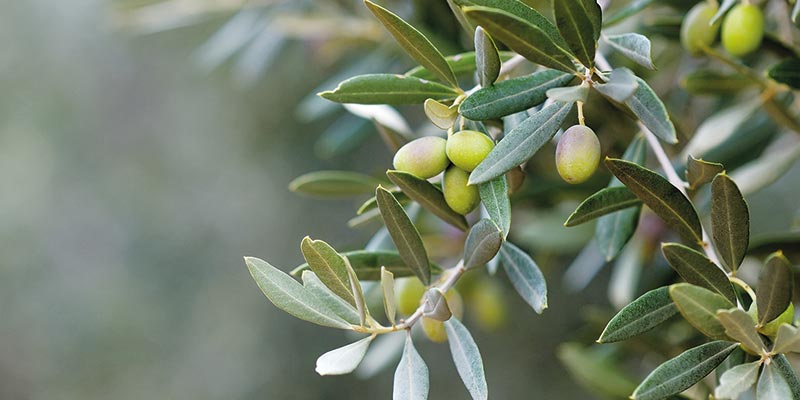Fertilization plan for the olive tree: Nutrition interventions to sustainably stimulate flower induction, improve fruit setting and increase potential yield.
The weeks that have just ended represent that moment of the year when the phase of appearing flower buds has reached its end.
During this phenological phase, it is possible to witness the complete appearance of the characteristic flower buds in the orchard which, grouped in cluster-shaped inflorescences, turn from green to bright white, forming the so-called blossom of the olive tree.
Once the phase of appearing of flower buds is over, the inflorescences now reach their maximum size but the flowers are still closed. Right at this moment, a time window opens which lasts until the second half of June until the complete fruit set.
A moment in which it is necessary to provide the plant with the correct mix of nutritional elements it needs, in such a way as to ensure the correct completion of the flowering phase, to support the biochemical reactions that regulate the subsequent fertilization process of fruit set and the uniformity of growth of the drupe.
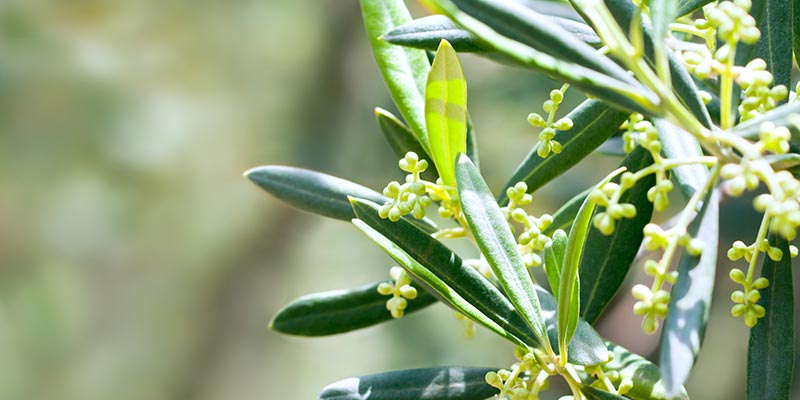
The critical aspects that need to be considered to define the nutritional strategy
During the stage of appearing flower buds, various stress factors can directly damage the tissues of the olive inflorescence, with negative repercussions on the final production.
Events such as late colds or sudden temperature changes, for example, can damage the development of the ovary and the stylus, leading to an impoverishment of pollen fertility and flower drops.
Even at the end of this stage, factors such as dry winds and high temperatures can cause dehydration of the stylus and drying of the stigma.
On the other hand, excessive humidity or prolonged rains can compromise the uniformity of opening of the anthers and cause a washout of the stylar tissues even after pollination is complete.
The Cifo strategy to enhance flowering and fruit set.
To optimize these delicate phases, the protocol implemented by Cifo technicians is divided into three consecutive steps corresponding to three different agronomic targets:
- To stimulate and uniform flowering process.
- To ensure regular flower fertilization and fruit set.
- To mitigate the adverse effects caused by abiotic stress factors.
The nutritional specialty successfully used to promote the development and uniformity of inflorescences is Ert 23 Plus.
A bio-activator containing a mix of plant extract, seaweed extract, folic acid, and glycine betaine. Used by the foliar application until the petals fall. This bio-activator is essential during the phases preceding flowering.
It promotes the synthesis of proteins and nucleic acid which are required for cell division so it positively has an impact on the processes of cell division and differentiation. Components such as glycine betaine mitigate the side effects due to the intense metabolic stress of flowering and fruit set.
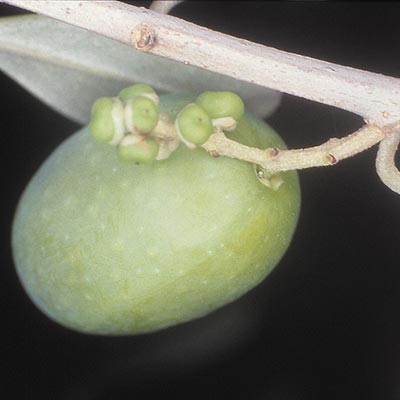 |
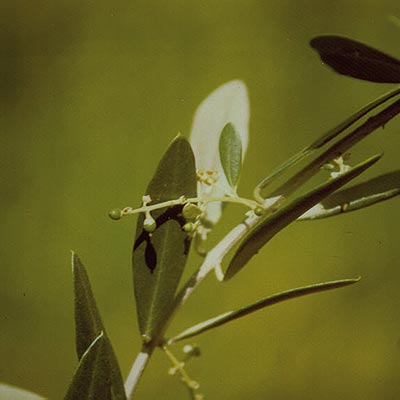 |
| Boron deficiency | Fruit set phase |
To avoid phenomena of poor fruit set and fruit drop it is important to intervene during the phase of pollination.
In this period, factors such as pollen germination and the pollen tube formation can represent a bottleneck for productivity if not properly managed.
For this purpose, the use of Mikrom BZn formulation from pre-flowering up to full flowering is effective in preventing and curing any boron and zinc deficiencies that may occur especially in calcareous soils.
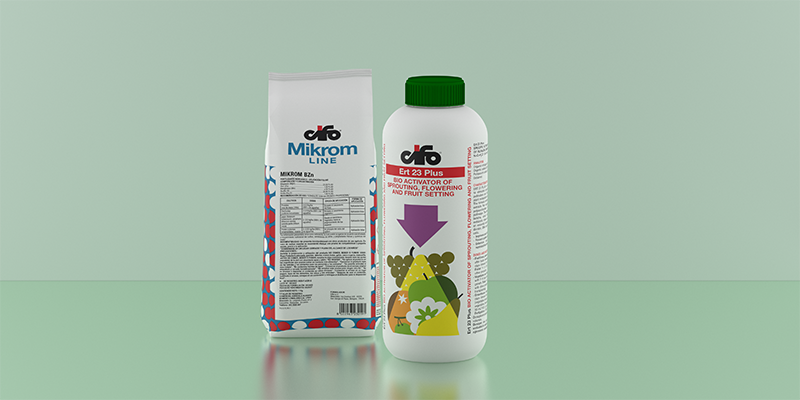
Boron stimulates the fertility of pollen and which, together with Zinc, makes the plant more resistant to environmental stress. It is necessary for the biosynthesis of auxins and lignin.
For both products indicated, the stability of the formulations allows combination with other pesticide products, except mineral oils, oil-based insecticides, fosethyl-al, and dodine, so the application can also be carried out along with treatments against olive fruit fly, olive moth, olive peacock spot, jasmine moth, and other pests and pathogens.

